Over the years, we have been toying around with different parts and gadgets for our bikes, seeking further gains to improve performance. The obvious areas such as aero frames, deep section wheels & tires, ceramic bearings etc.. are proven to give you that extra boost, and are the first areas cyclists tend to investigate. However they can come at a premium…What if there was something more economical that could provide equally compelling gains, at a fraction of the cost. For many years while attending various tradeshows such as Interbike and Eurobike, we noticed a growing interest in the cycling insole sector. Each year, more and more options started to pop up. We have played around with a multitude of different options. Some have been good, and others not very impactful.For those that are familiar with the improvements that sport specific insoles can provide if you are a skier or a runner. Cycling specific soles can be equally impactful. A common question that we receive on this topic, is how do these cycling specific insoles differ from the stock ones, or the orthotics obtained through a chiropractor provided? The simple answer is a lot. But to dive further into that, we must understand that the mechanics our feet perform when walking and running are quite a bit different than when pedalling a bike. The reason for that is the primary mechanics of pronation and supination is our natural way of weight bearing while walking and running. Our feet are very intricate containing 26 bones and 33 joints, 20 of which are actively articulated.
That being said, the reality is our feet weren’t necessarily designed to pedal bikes. If they were, then they would be more rigid and that would present a difficult time walking. Cycling is non impact bearing, which requires a different type of support to enhance the efficiency of pedaling mechanics. A true cycling specific footbed should fuse the hind, mid and forefoot. Many of the walking orthotics we come across are just providing arch support, but are not supporting all of the mid foot, and in many cases, none of the fore foot. That results in the foot’s ability to still plantar flex. Which is not ideal as the entire foot is not being used as a lever to share the workload across the entire bottom of the foot.Even though the reaction of the foot when cycling is different, our natural walking mechanics are still trying to take place to a certain degree. Ideally we would like to restrict those mechanics to help the foot remain static and more predictable. If that is achieved, it helps to improve the working relationship between the hip, knee, subtalar joint, and the foot.
The most common way to support the foot is to through arch support. But that is a flawed solution. Our arches are so different, with some being high and rigid, or low and flexible, so on and so forth. It would be best to allow the arch to remain in it’s natural state. Trying to force it in a certain fashion can have a negative effect.The question we ask ourselves, what is the ideal solution?. After working with many options, we finally found the optimal cycling specific footbed at the Eurobike show in Fredrischafen Germany. We came across a brand called Solestar.
These insoles were distinctly unique and different than anything we had ever seen. After inquiring about these insoles we learned much about what make them so great. Oliver Elsenbach, the founder of Solestar told us that the key to improving energy transfer and pedalling efficiency is to create a situation where you can guide the foot in a subtalar neutral fashion. This is when your foot is not canted in either a supinated or pronated fashion.

The design of his insole achieves a subtalar neutral state, by limiting the foot’s walking mechanics, supporting the foot, as to fuse the hind, mid and forefoot as one. Thus creating more static environment to make the foot more predictable, resulting in better performance. The keys to his design is the stabilization delta. Instead of traditional arch support, the use of calcaneus support is used. In an un-evasive fashion, this part of the insole hugs the navicular bone, which is the axis point in which your ankle pivots. This solution has been proven to work well with all arch types. The two other sections of the delta provide more medial support on the outside of the forefoot, negating supination, and the medial support gradually tapers across the major metatarsal bones of the foot, dropping the 1st metatarsal and big toe to stabilize the foot preventing pronation. All 3 areas of this triangle or delta offset each other keeping the foot subtalar neutral.


The support of these insoles are noticeable from the moment you place them in your shoes and start pedalling the bike. We were very curious to collect some more concrete data. So we decided to test the Solestar insoles vs stock insoles, with the use of our Retul 3D motion capture cameras.After capturing a run on the Retul camera with the stock insoles, We then replaced them with a pair of Solestar Kontrol insoles. We were amazed to see such dramatic improvement in pedalling efficiency and a massive reduction in knee lateral travel. With the stock insoles we initially saw 40mm of knee lateral travel, and some very erratic knee tracking. Along with some negative knee angle tilt, where the knee was tracking on more of an angle. With the plantar assistance provided by the Solestars,, the knee lateral travel was reduced by 65% down to 26mm of travel. The tracking was dramatically improved, along with the knee angle tilt being pulled closer to 90 degrees. It was hard to argue with the data, and the results speak for themselves.

If you are looking to make some genuine improvements this year, we strongly suggest that you investigate how your feet are being supported, and reap the benefits of what that can provide.
Frank Mizerski
Master Certified Retul Fitter
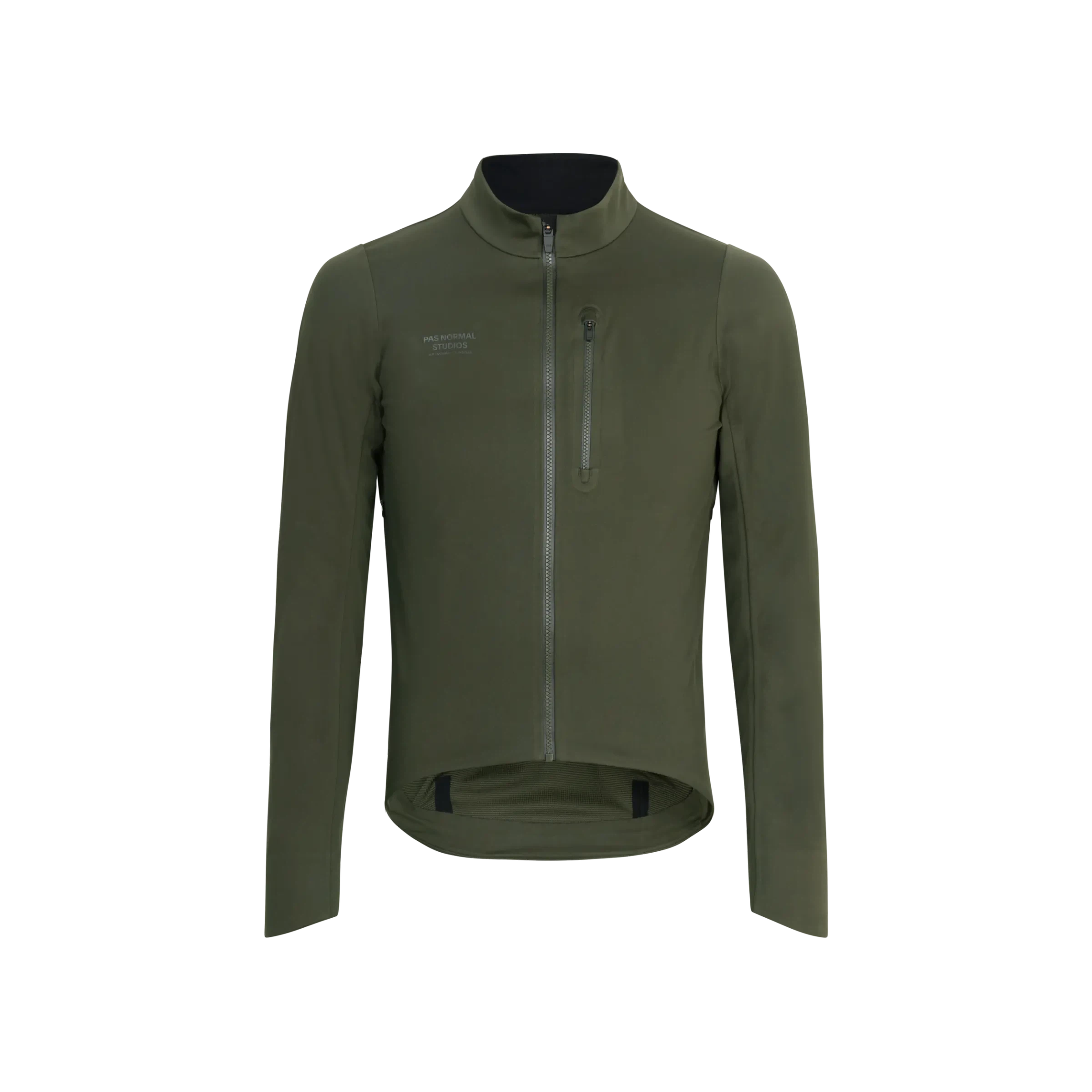
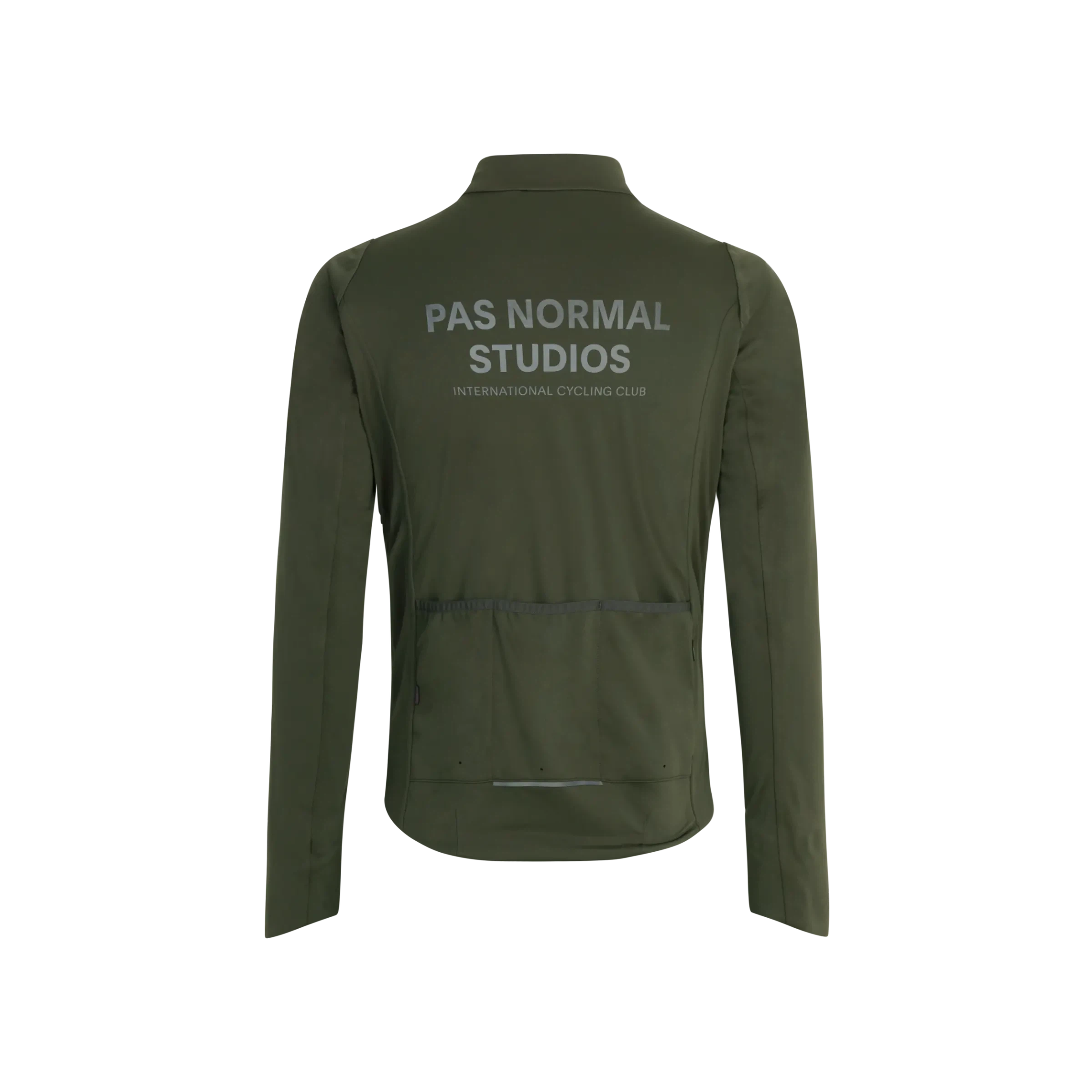
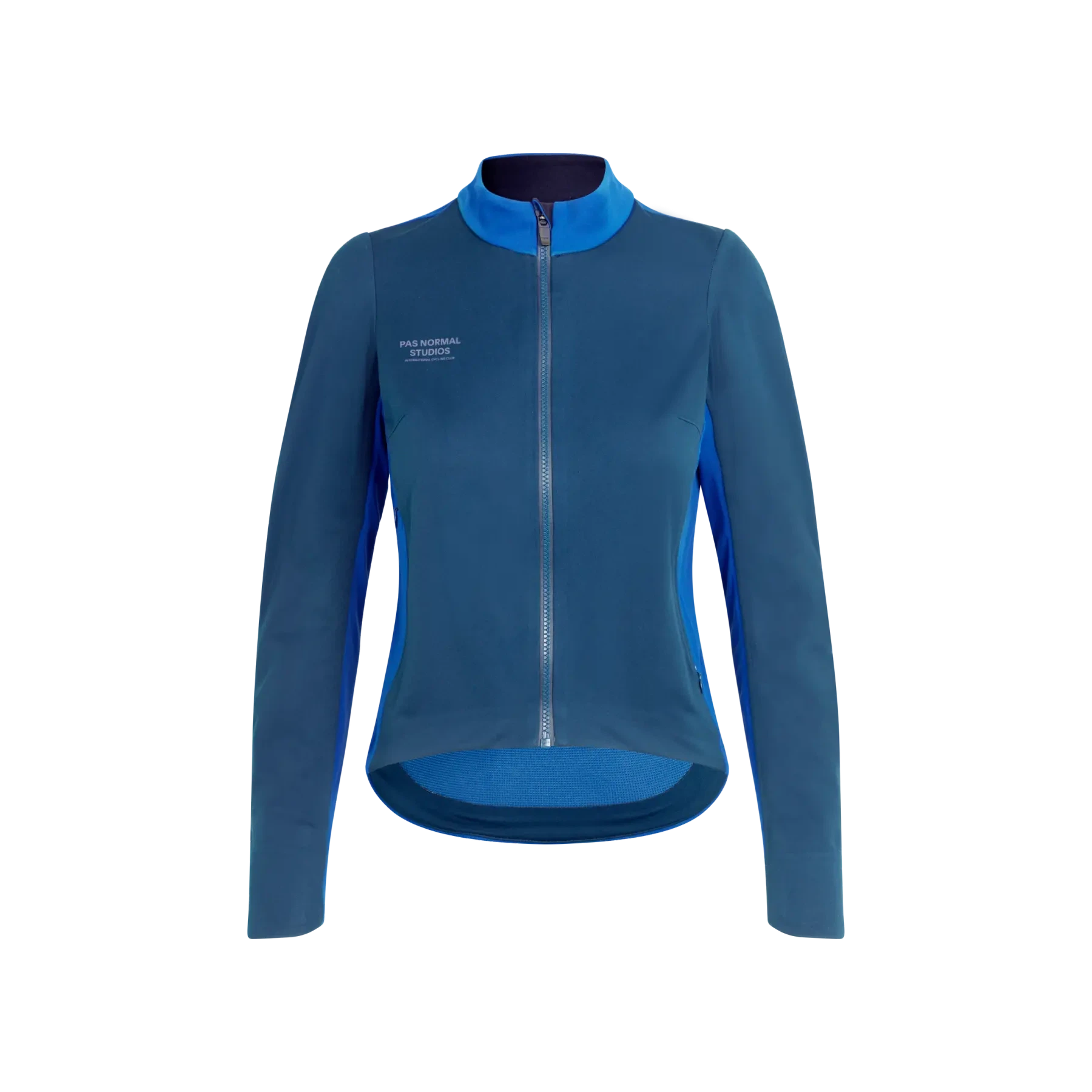
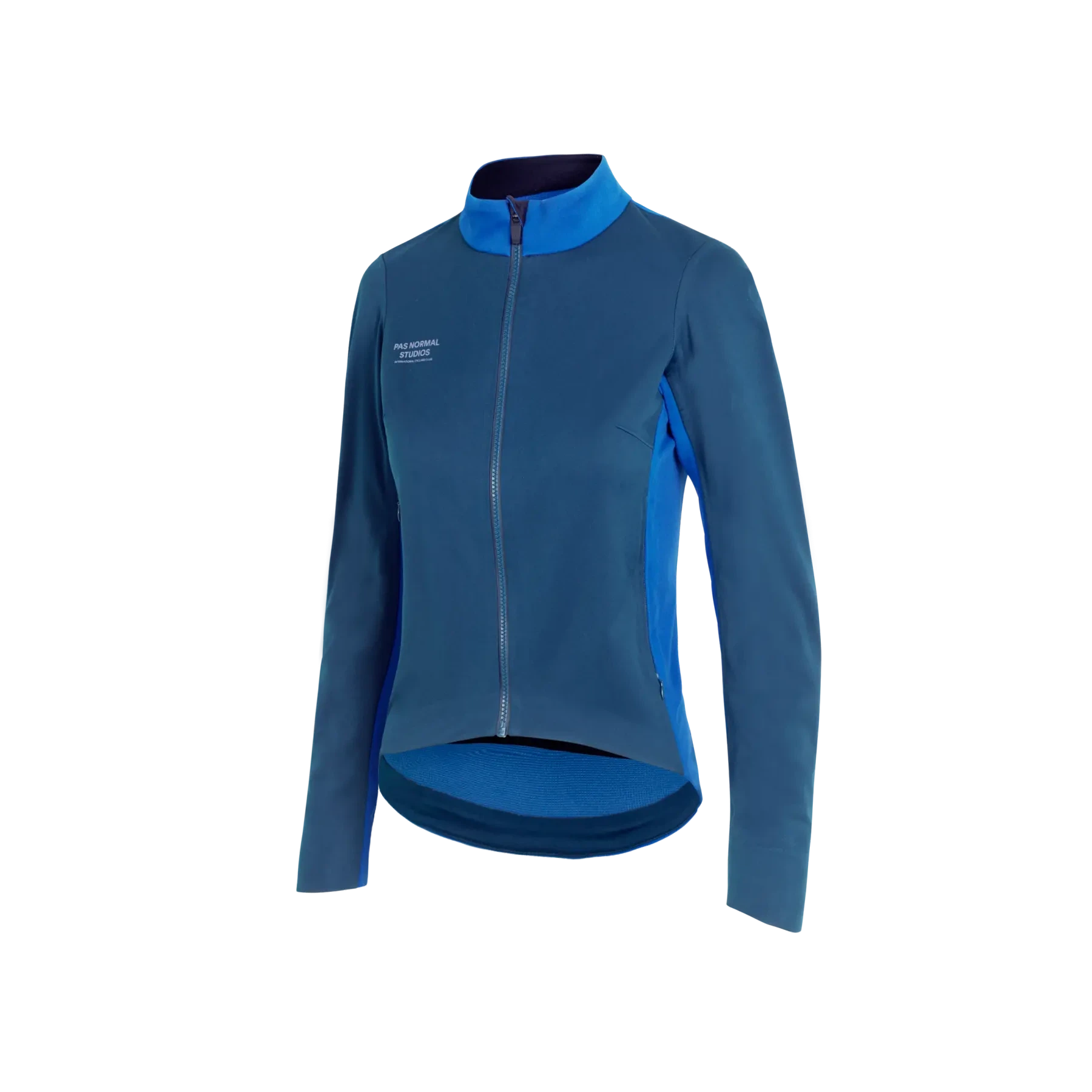
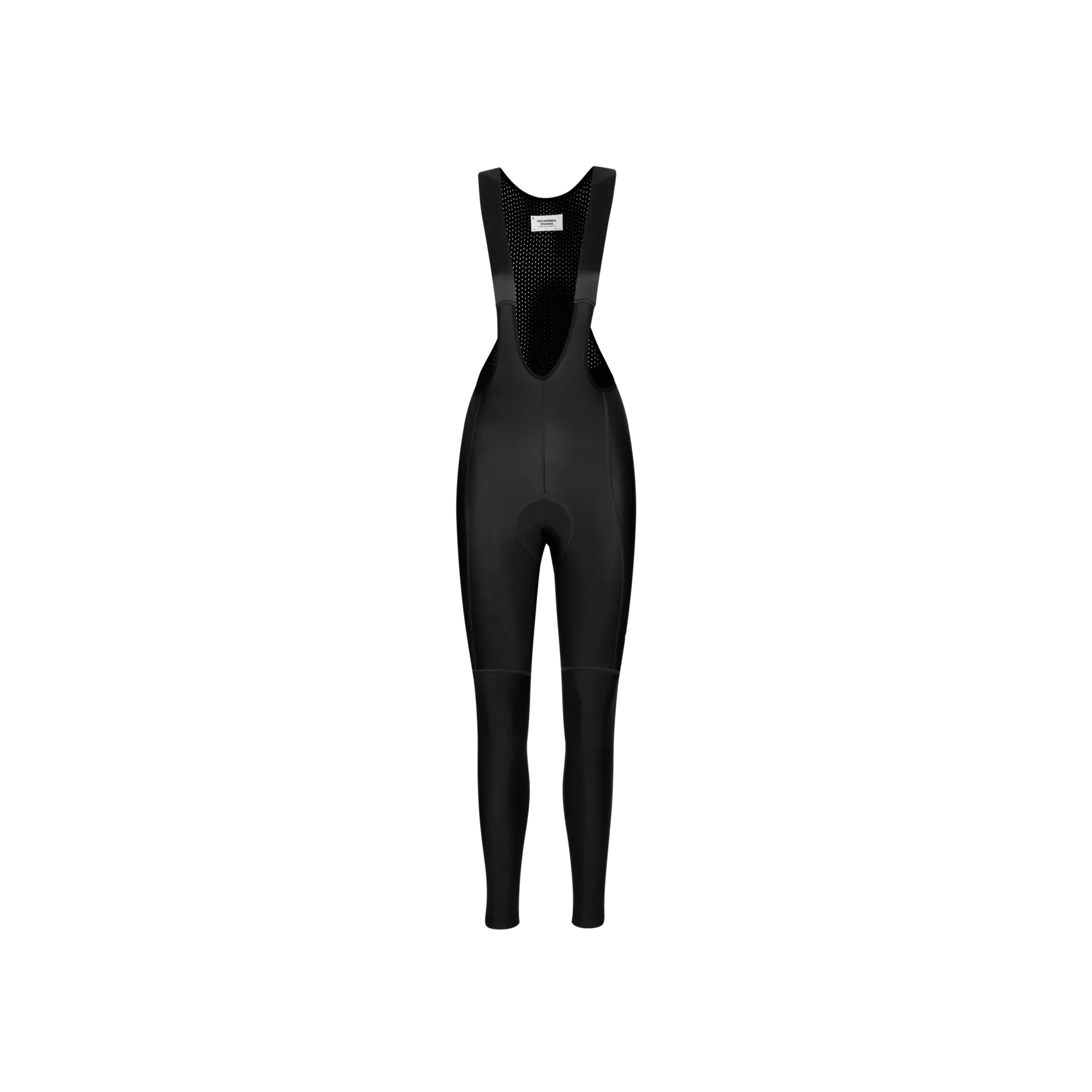
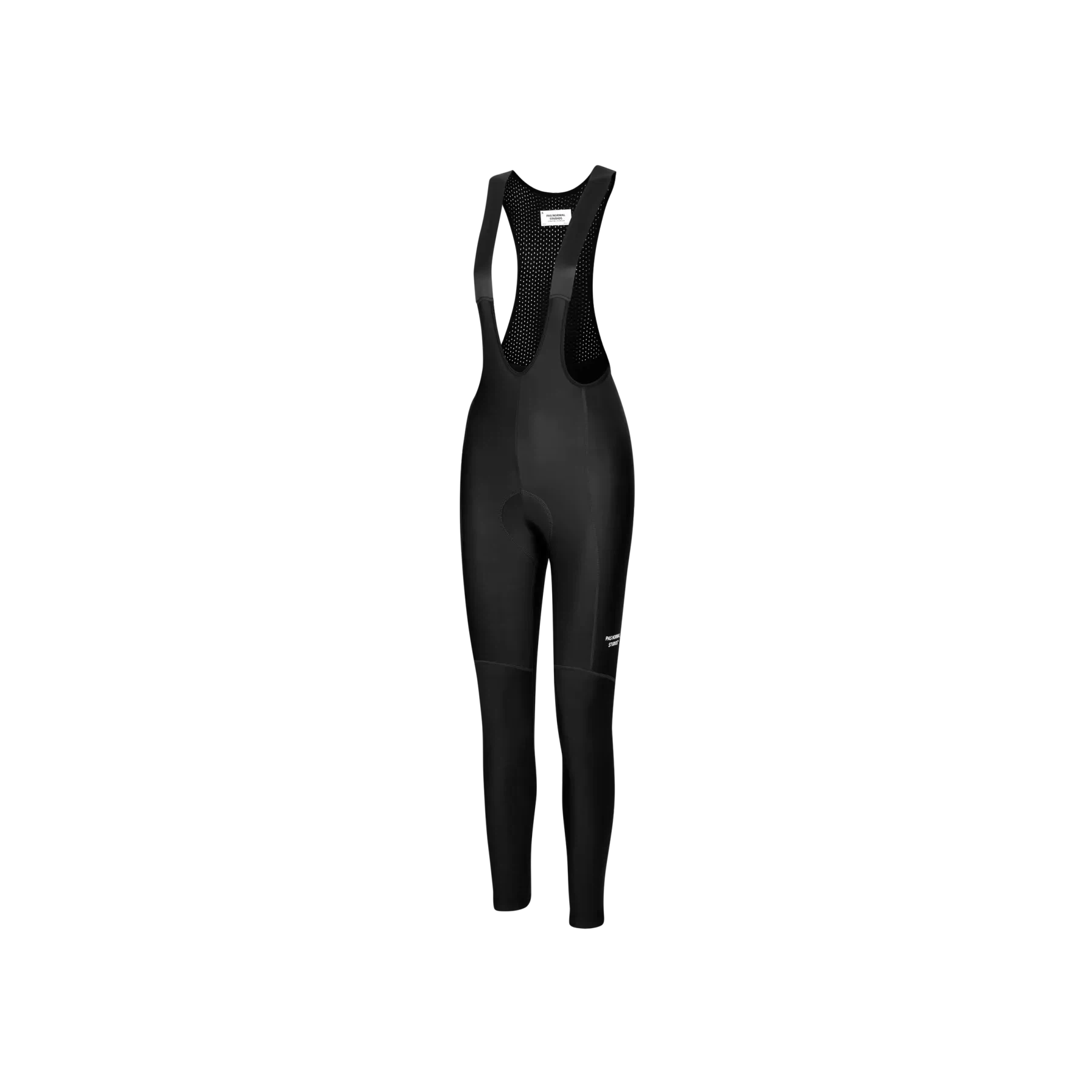
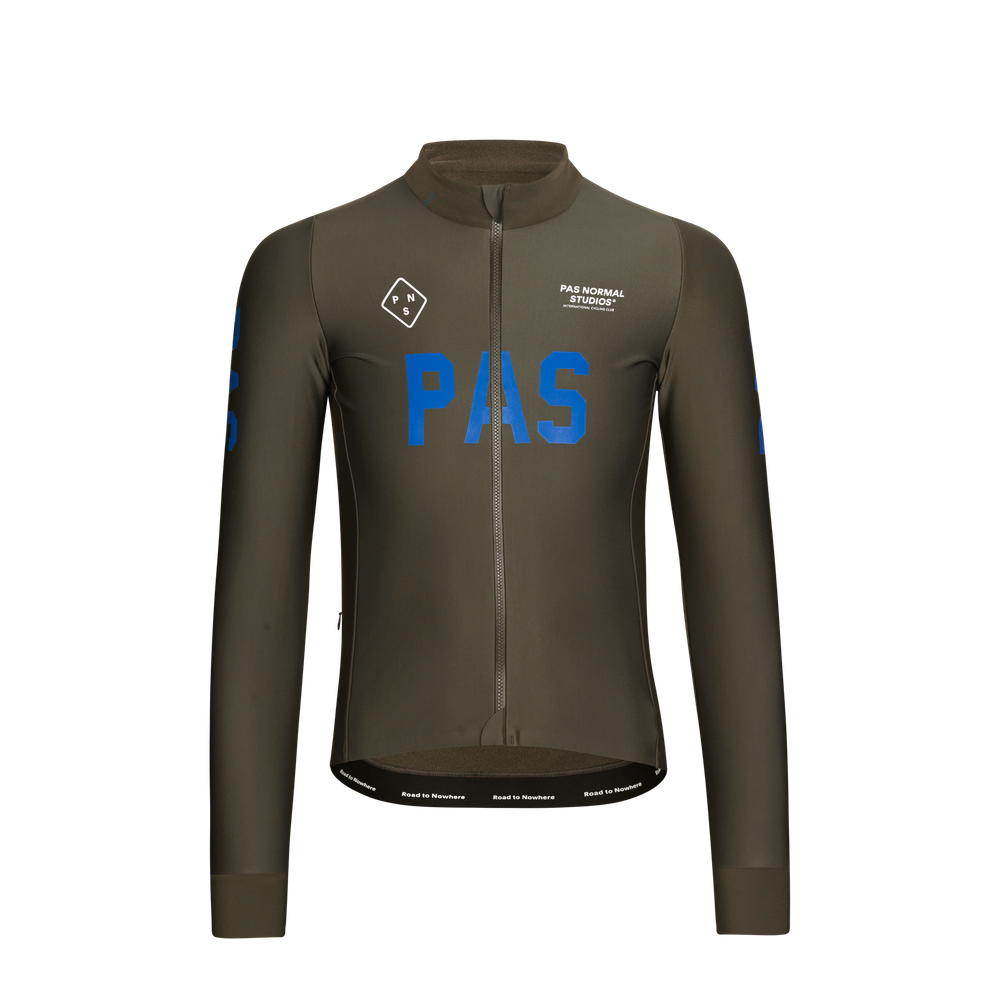
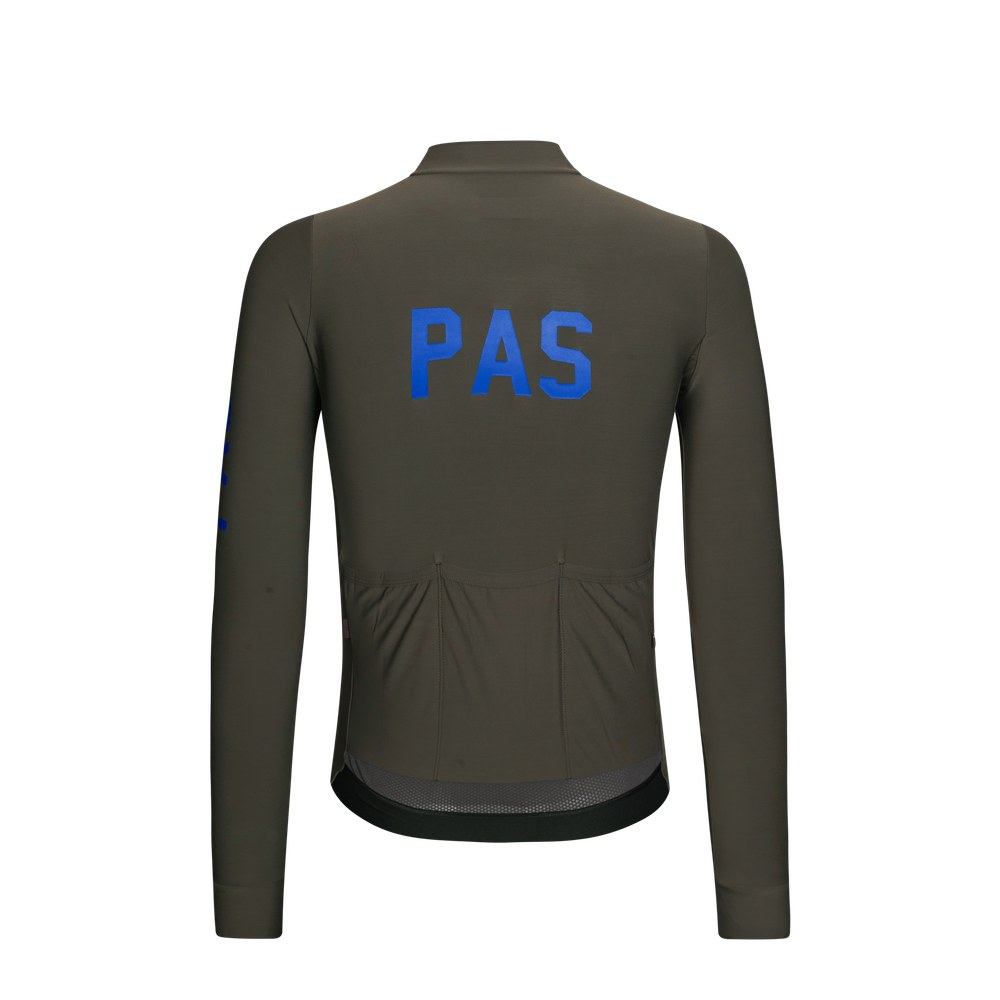


1 comment
Good article, Frank.
Leave a comment